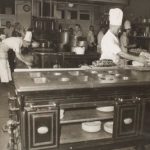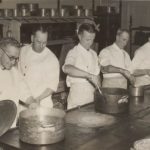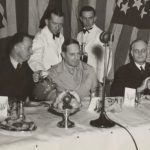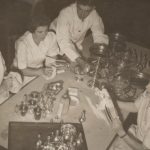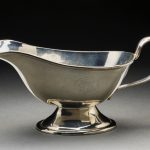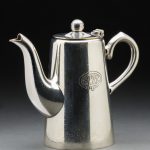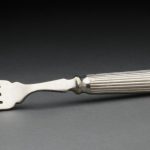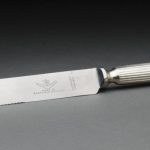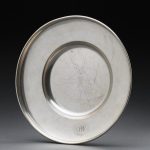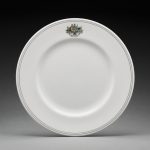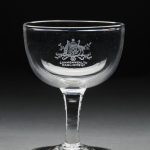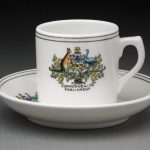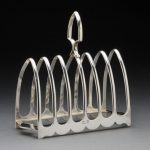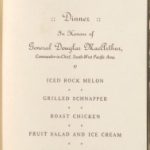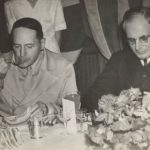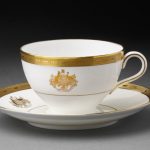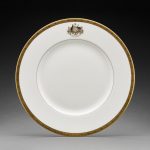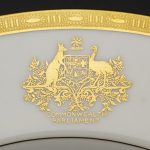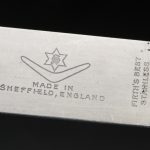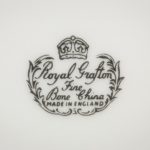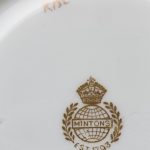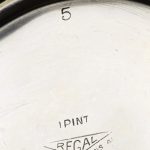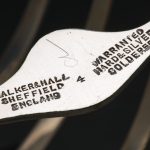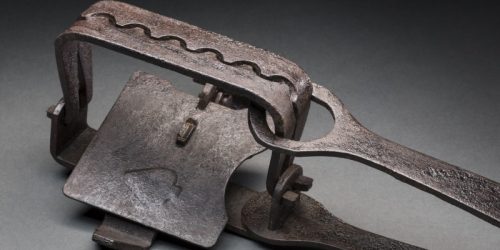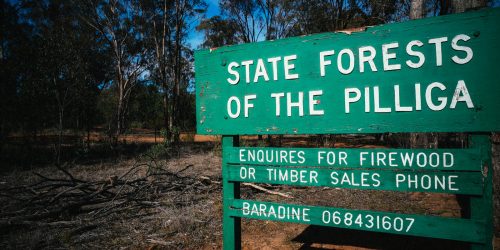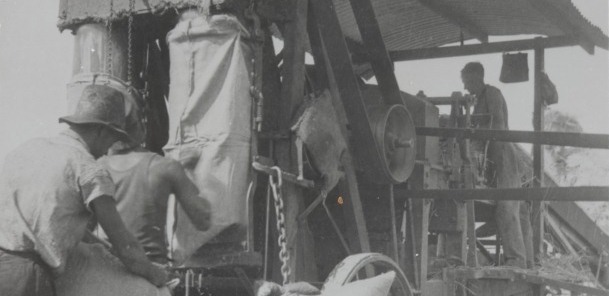Catering for a crowd
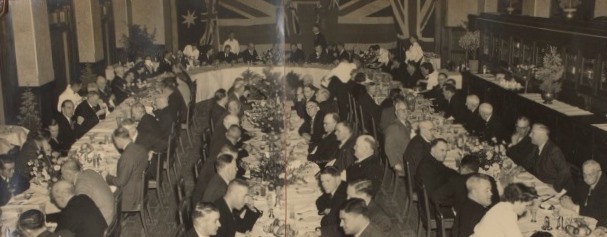
Constructed and operating in a newly established capital city, Canberra’s Old Parliament House was designed to be a self-contained building, providing for the needs for members of parliament, staff and visitors. The Commonwealth Parliamentary Refreshment Rooms (CPRR), located in the building’s South Wing, were used to prepare and serve hundreds of meals each day when parliament was sitting, and to cater for grand balls and events for visiting dignitaries. Stories of the ‘silver service’ provided in the building for daily business and special events, are now part of the Old Parliament House exhibit in the National Museum’s Landmarks gallery.
“The member’s dining room will seat 150, and there are other dining rooms as well. The large kitchen at the rear is surrounded by pantries and stores, and offices of the chef and chief steward. It contains elaborate electrical cooking and cleansing apparatus. Meals are whisked into the dining room on an electrical conveyor.” – Harry Grover, ‘A descriptive guide to Canberra’ (1927)
During the 1930s, as members of parliament and government staff began to base themselves in Canberra, permanent staff for the refreshment rooms increased from three to 13. Other staff were employed on a casual basis when parliament was in session or for large events. Women were employed for the first time during the Second World War, though they were dismissed when their male counterparts returned from service. By 1985, the number of catering staff in Parliament House had grown to 65 men and women, serving restaurant quality breakfast, lunch and dinner to an average of 150 senators and members, and their guests, each sitting day.
“In the Members’ Guests Dining Room we provide a service that is very different from the service in a restaurant – we serve on average 150 Senators and Members and their guests for lunch and dinner each sitting day. We also provide breakfast for 40 to 60 Senators and Members a day. Our service is equal to a top restaurant, but we have time limits on meals – for instance, we have to silver-serve four courses from an extensive menu all in the 90 minutes of a parliamentary dinner break.” – Mary Lowa (1987)
Silver Service
Silver service was provided daily in Parliament House for members, staff and guests. Crisp white tablecloths complemented silver-plated cutlery, serving dishes, water jugs, coffee pots and toast racks. Lead crystal champagne glasses for toasts to the King and Queen, ice sculptures, and coffee and tea in bone china cups. Public debate about the extravagances and economical management of the refreshment rooms was strongly debated from the outset, and many parliamentary investigations reviewed the costs and administration of the Commonwealth Parliamentary Refreshment Rooms.
“The members’ and non-members’ dining rooms were the best eating establishments in Canberra. The menu was à la carte, there were white tablecloths and linen napkins with service by waitresses in crisp white uniforms. Subsidised by the taking from the non-members’ bar, the dining rooms were well-patronised and cheap.” – Rob Chalmers, ‘Inside the Canberra Press Gallery’ (2011)
The building’s courtyards and gardens hosted small luncheons and celebrations, while King’s Hall, located between the House of Representatives and the Senate, was transformed into a grand ballroom for royal balls, and together with the member’s dining room was used to host official receptions and formal dinners for important guests.
A State dinner in the member’s dining room on 17 March 1944 marked the second anniversary of the arrival of American General Douglas MacArthur in Australia. MacArthur arrived in Australia in March 1942 and was appointed commander of the South-West Pacific Area, with the Australian forces under his authority. The menu for the event was iced rock melon, followed by grilled snapper (previously spelt schnapper), roast chicken, fruit salad and ice cream and coffee. In the above photo, MacArthur sits beside Prime Minister John Curtin eating his iced rock melon. On the table in front of MacArthur is a toast rack, the same as that in the Museum’s collection, being used as a serviette holder. Catering staff move around and among the guests, serving each course and refreshing drinks.
The King’s Service
Gold-rimmed dinner, coffee and tea sets to serve 1,000 people at a sitting were ordered for a State banquet to be held at Parliament House in April 1949. The visit of King George VI was cancelled due to the King’s poor health, but the Minton china, reserved for State and other significant occasions, was still known as the ‘King’s Service’ decades later. Minton supplied dinnerware to the Royal family and international governments, with this Winchester K132 pattern ordered by other Commonwealth nations.
The mark of a collection
The National Museum holds examples of many of the items of tableware used in the Commonwealth Parliamentary Refreshment Rooms from 1927 to 1988. Tableware was ordered for the dining rooms of the new Parliament House ready for the opening events of 1927, and items remained in use or were replaced until parliament moved to its new building in 1988.
The Commonwealth Parliamentary Refreshment Rooms tableware was manufactured by a number of different companies in the United Kingdom and Australia, and some through partnerships between countries. Like the building and its furnishings, this tableware reflects the strong bonds between Australia and the British Commonwealth, and the importance placed on that relationship when Old Parliament House was opened in Canberra in 1927. By the early 1900s, many of the United Kingdom’s best-known tableware manufacturers had offices in Australia, allowing staff to easily order quality tableware for the Commonwealth Parliamentary Refreshment Rooms, and giving items a new ‘Australian’ flavour. Other orders involved lengthy correspondence and shipping between Australia and England. Prominent Australian manufacturers, including Stokes & Sons of Melbourne, received extensive orders to supply quality tableware to Old Parliament House.
A selection of manufacturers marks on the Commonwealth Parliamentary Refreshment Rooms tableware, now on display, are shown below.
The tableware and other objects are now part of the Old Parliament House exhibit in the Landmarks gallery, sharing the history of that building, and those people who ate, worked and celebrated there.
Feature image: Dinner in the member’s dining room in honour of visiting members of the Empire Parliamentary Association of the United Kingdom and Canada, 13 June 1944. Album of Chief Steward, H L Napthalia, National Museum of Australia.
